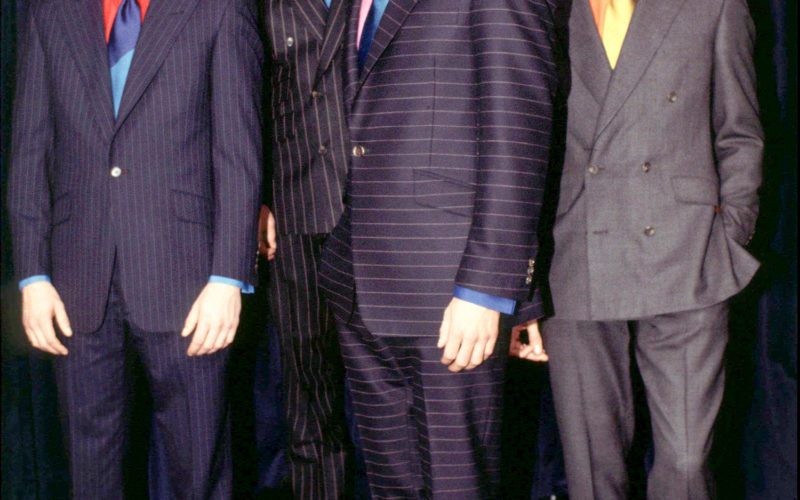Q. I am coming into the office for the first winter after a promotion (which took place last winter during work-from-home). This means I am dressing at a more professional level: some suits, generally ties, never jeans. My question is whether I need to make any changes with the seasons when the weather does not actually require it. Texarkansas, doesn’t see much snow or even freezing days.
A. You are referring to the old “rules” of seasonal dressing. Time was when they were strictly adhered to. Today they are a bit more flexible. Nowadays there is not much that is right or wrong. Still, I can’t imagine any truly well-dressed people, even in LA or in Florida, completely ignoring them and not switching late in the year to darker fall colors and somewhat different fabrics. It has always been considered tacky in the South to wear summer looks when the calendar says it is winter or when “chilly” winter days might mean wearing sweaters instead of jackets on casual days to accent the season.
The areas where different seasonal dressing continues most clearly are in the fabrics, colors, and patterns that are seen most often.
FABRICS
- For winter wear, appropriate fabrics include wool for suits, wool flannel for dress trousers, all weights of silk, cotton for shirts, velvet, and corduroy. These appear in all types of clothing from the dressiest to the most casual, from basics to accessories.
- For spring/summer wear, appropriate fabrics are cotton, linen, silk, and light-weight wool.
- Wearing man-made fabrics is not limited to any one season. But, then again, I can’t think of any good reason to ever wear polyester.
COLORS
- Warm-weather dressing usually emphasizes whites, ivories, pastels, and lighter shades of neutrals, such as pale gray, tan, and light khaki.
- Winter wear features charcoal gray, navy blue, black, as well as bright, bold colors.
PATTERNS
- Differences here are subtle: more tweeds and such bolder patterns as paisleys and plaids, often accompany colder weather.
- Classic solids and stripes go with all seasons.
TIES
- In a category by itself, winter tie fabrics range from silk in solids, dots, small over-all patterned “neats,” paisleys, and plaids to wool knits and wool flannels.
- For summer, most tie patterns remain the same except for plaids: warm-weather plaids are usually pastel cotton madras; for holiday dressing, a dark wool plaid is often perfect.
COST
Big ticket shopping is generally associated with colder weather. This is even reflected in the clothes shown at Fashion Week (which in reality translates to two Fashion Weeks each year, one for fall/winter clothes and one for spring/summer clothes. The recent one held in September was titled “NY Fashion Week Spring 2022.”)
As in the past, no well-dressed man would ever be seen in May wearing a velvet jacket or corduroy pants, nor would he choose a cotton madras plaid jacket to wear in November. They just don’t mesh.
On the other hand, some men’s garments are year-round classics that never change: examples are a light-weight navy wool blazer, fine gray wool dress trousers, 100% cotton dress shirts, silk ties, light-weight cashmere sweaters, fine leather shoes, and a top-quality cotton trench coat. It makes sense to spend more of your budget on these versatile items.
Please send your men’s dress and grooming questions and comments to MALE CALL: Lois.Fenton@prodigy.net









